Marrying the Bel Fruit: Ihi
Growing up in a society leads to following the values and beliefs that society follows. Nepal has rich cultural diversity. In this sense each community performs unique rituals and customs while living in a community.
One such ritual is Ihi or Bel Bibha. This is a ritual in which girls of Newar castes are married to the bel fruit (Wood Apple). The bel fruit is the symbol of a deity called Suvarnakumara, who is mostly regarded as Lord Vishnu or Buddha. Like other life-cycle rituals, the Ihi marriage must be performed either within the first three months of the year. It is from 14 April to 15 July; 14 November to 15 December and 14 January to 13 March.
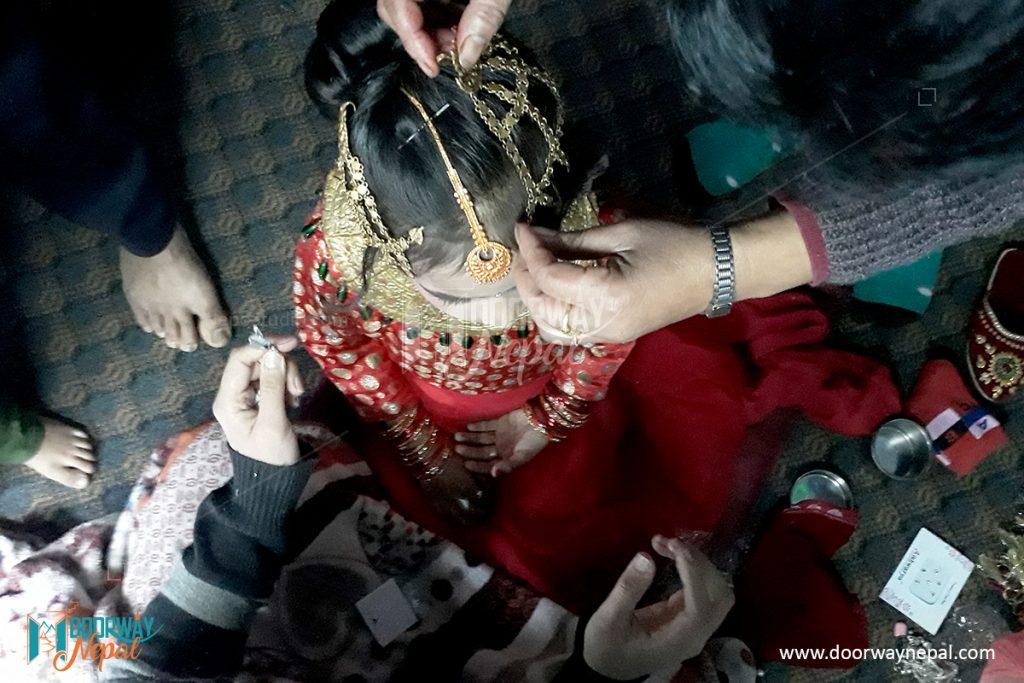
The season for Ihi usually starts on a day of the first month, the “Indestructible Third” (Akshaya trtiya) of the bright half of the moon in April. It is believed that this marriage ensures that the girl becomes and remains fertile. Likewise, it is repeated time and again that the girls are married to a god and therefore cannot become a widow. After Ihi girls are no longer eligible as an incarnation of a goddess Kumari. Ritually and socially they have now become adults. Another fact is after Ihi, the girls also become members of their father’s lineage group or extended family.
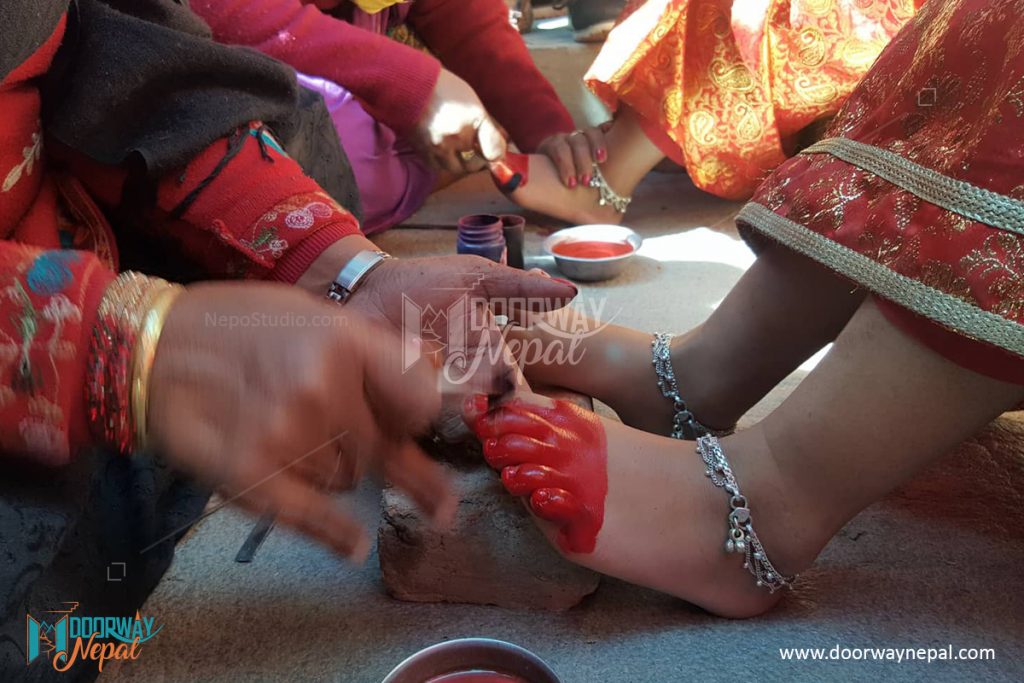
According to one of the mythical story on why pre-adolescent girls are married to the Bel Hindu Dharmasastra depicts. Once upon a time lord Shiva and Parvati were walking at the Aryaghat at Pashupatinath temple. At that time they saw a woman lamenting a dead body. Then Parvati asked Shiva about it, he told her that she is crying because her husband died. Then Parvati requested Shiva to prevent in future widowhood. According to her wish, Shiva revealed her a way how women would never become a widow. Shiva let her know about a marriage ritual with Lord Vishnu in his outward form (Pratik Svarup) of Suvarnakumara. In this way people started to marry their daughters with an icon of Vhisnu. For the marriage ceremony,they have had prepared a golden icon of Vhishu (Visnu ko suvarna ko pratima).
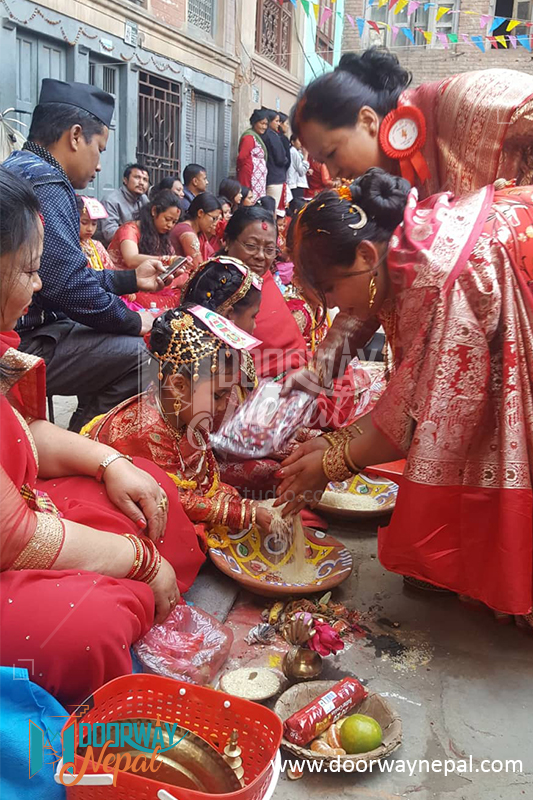
However, the boys then started to fear to marry those girls married to Lord Vishnu. They began to cover their faces in front of such married girls because of the fear that the Lord Vishnu might get angry. As a result the population decreased. After a long time, Shiva and Parvati passed again by. They found the population had become much less than before. Therefore Parvati requested Vishnu(to prevent such consequences.) Vishnu told her: “I am (always) hiding in the mid of men; therefore marrying a man should be regarded as marrying me.” It is said that when Shiva heard this answer (to Parvati’ request), he arrange a form of a marriage ritual (vivahasamskara) with pure water filled in a vase (Kalasa)and mantras. From that time this ritual has been practiced in its traditional form as described in the Hindu Dharmasastra.
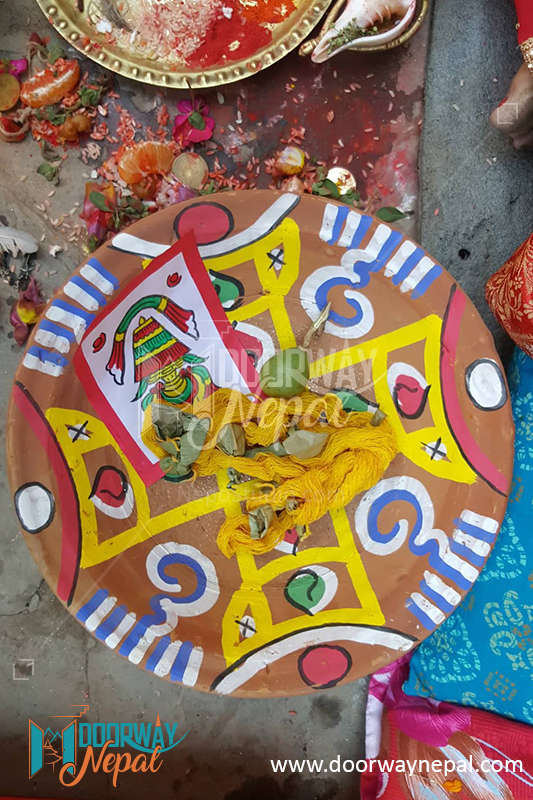
The Ihi is performed for two days where the first day of Ihi is called Dusala Kriya and second day Kanyadan. On Dusala Kriya, the girls prepare themselves at home with purification bath, new clothes and ornaments. Then they assemble at the purified courtyard with a senior woman of the father lineage. They seat in a neat line around the edge of the courtyard and go through series of rituals for a couple of hours.
On the second day, the major event takes place when the girls assembled at the courtyard are dressed in glittering bridal suit comprising of ankle length skirt, blouse and shawl,more ornaments and red tika on their foreheads to give bridal look. The day begins with purification rituals and proceeds to Kanyadan when the father gives his daughter to Lord Vishnu. It ends with giving a set of married woman’s clothes to the girl by her parents. Moreover, it also protected them from the custom of being burned alive on their husband’s funeral pyre. This custom was a common practice among the Hindu communities a century ago.
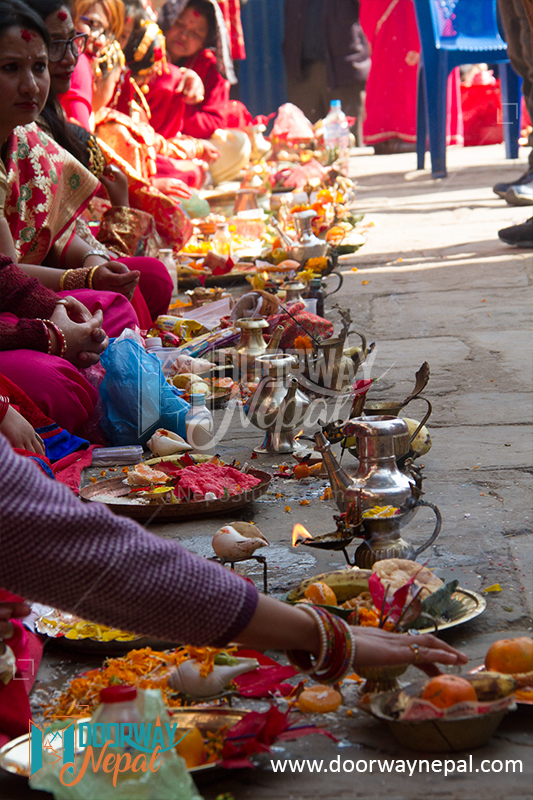
It can be said that Newar girls are married thrice in their lives. The first is called Ihi when they marry the Bel fruit. The second is the marriage with Sun which is called Tayegu (in Newari) or Gufa Rakhne (in Nepali). Finally the third, when they marry a real bridegroom. These marriage ceremonies are practiced by both Buddhist and Hindu Newars.
Today, Ihi is organized with two or more, sometimes as many as hundred girls gathered together in a group ceremony. A collective Ihi significantly lowers the cost needed for the ceremony and helps ease the parents’ financial burden. This culture of Newar community has continued till this day evolving and is celebrated with even more enthusiasm and fervor.



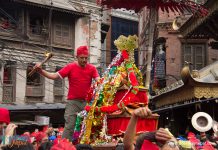

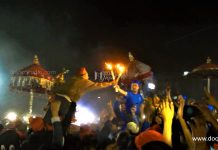
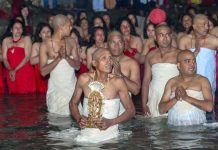


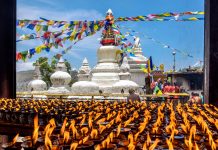


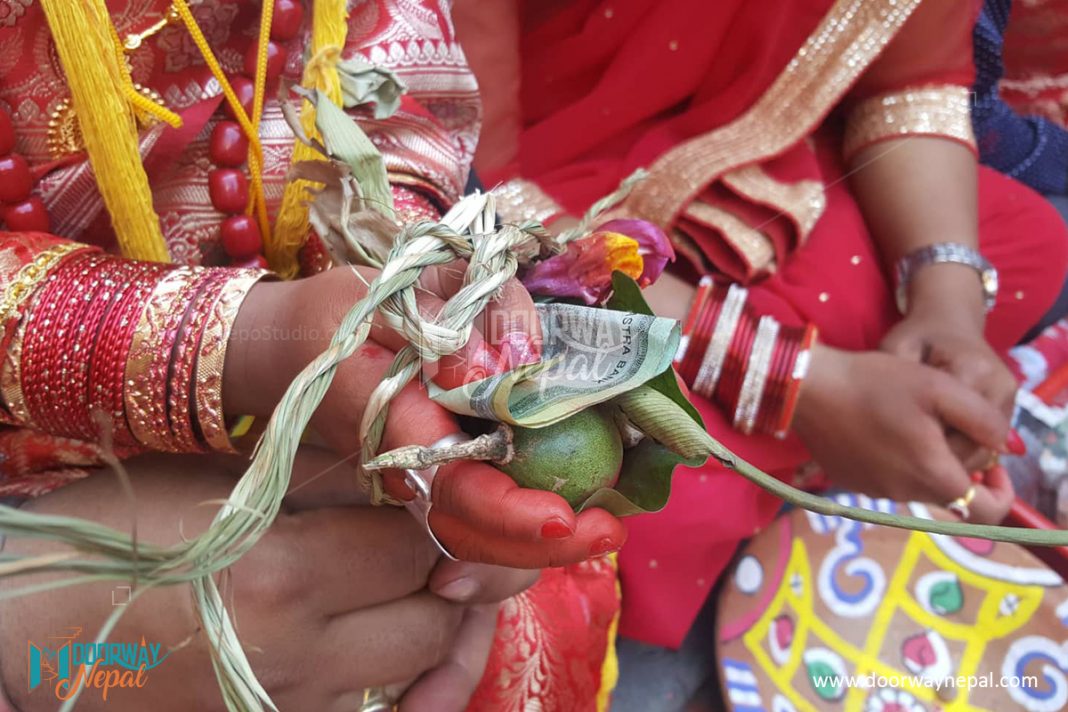





Most what i read online is trash and copy paste but i think you offer something different. Keep it like this.
Thanks for the comment and support.
Thank you for such a good passage discussed. I really have a great time understanding it.
Thanks for the comment and support.